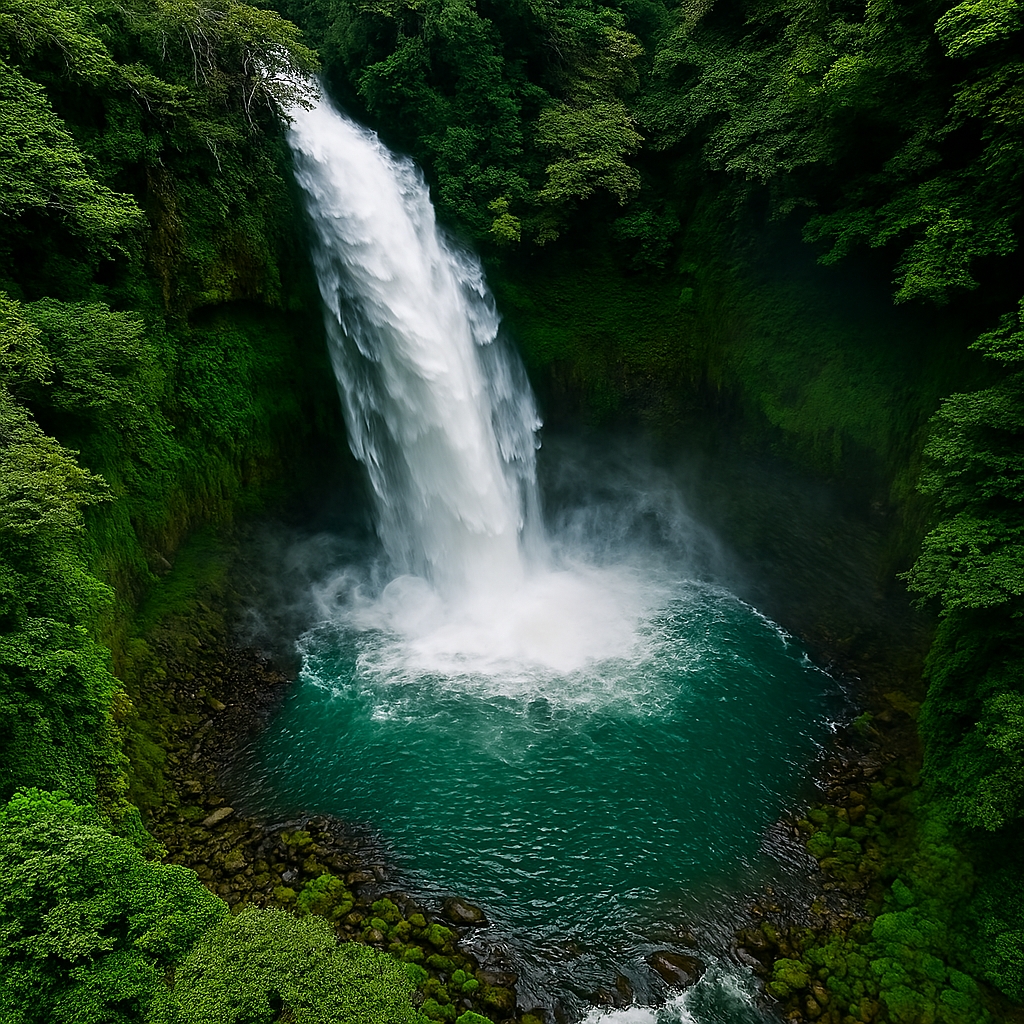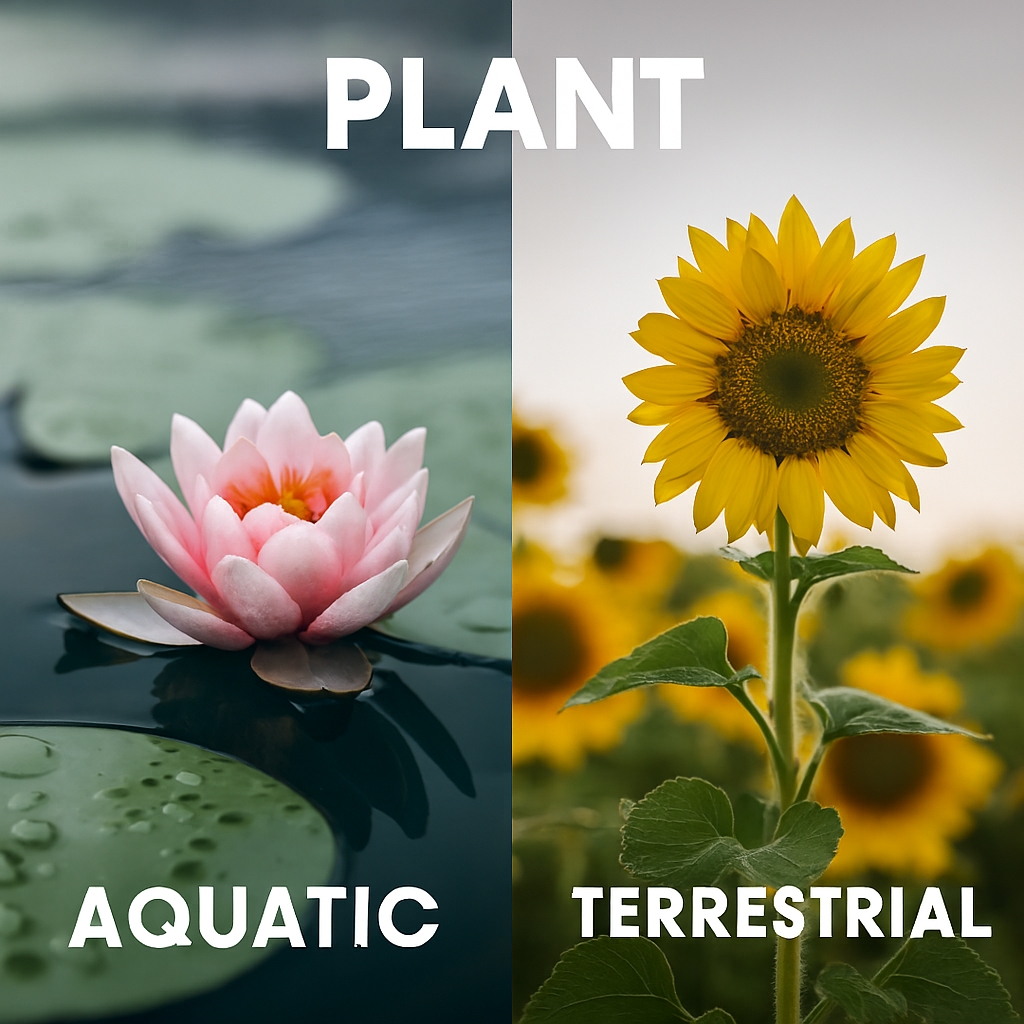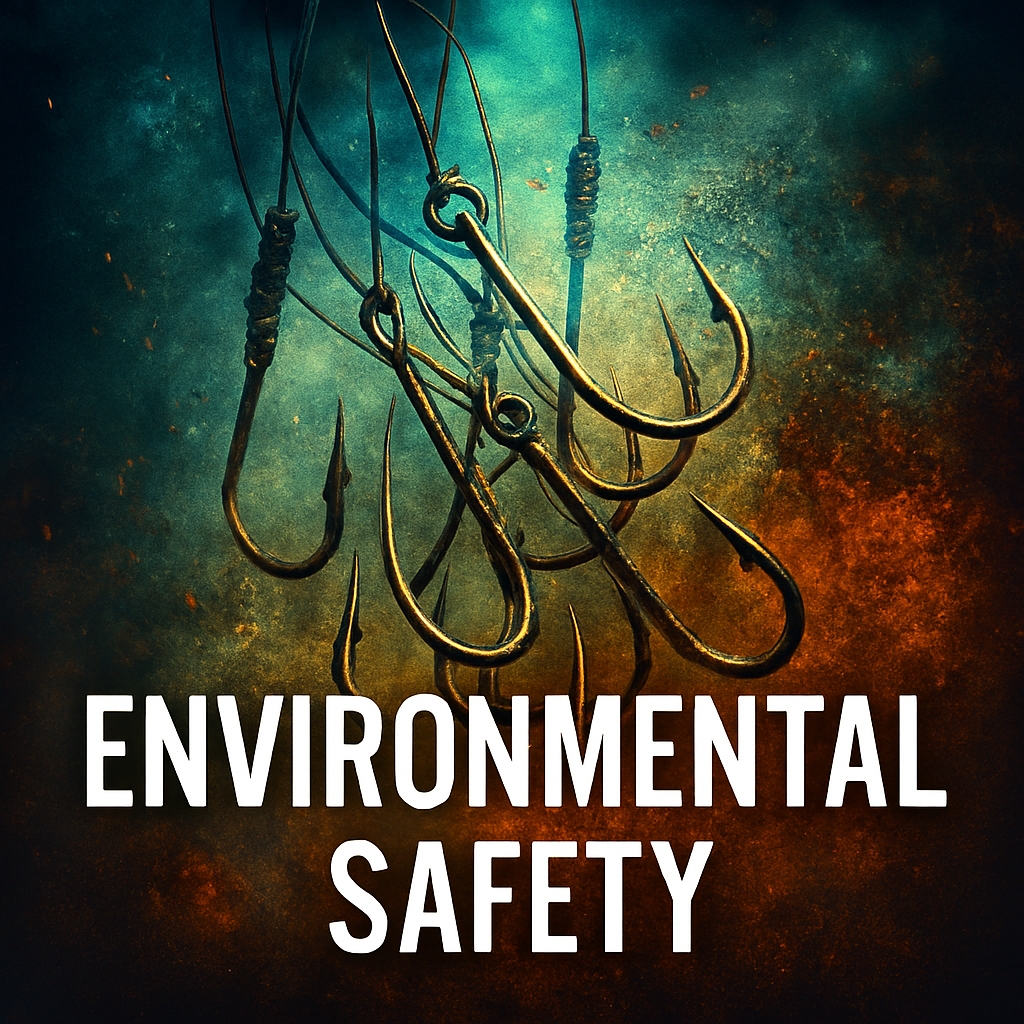The Mysteries Beneath the Waves
How the Underwater World Impacts Life on Land
The ocean, covering over 70% of our planet’s surface, is a realm of wonder and mystery. Beneath the waves, an intricate web of life, ecosystems, and natural processes thrive, creating a profound impact on the land above.
Ocean Currents The Planet’s Circulatory System
Global Heat Distribution
Ocean currents are powerful, continuous movements of seawater driven by wind, salinity, temperature differences, and Earth’s rotation. These currents act like a global conveyor belt, distributing heat across the planet, moderating climates, and influencing weather patterns. For example, the Gulf Stream transports warm water from the Gulf of Mexico to the North Atlantic, moderating the climate in Western Europe.
Nutrient Transport
Upwelling currents bring nutrient-rich waters from the deep to coastal areas, supporting thriving marine ecosystems and influencing local fisheries. These nutrients are essential for the growth of marine plants and the health of oceanic food webs.

Marine Life and Biodiversity Guardians of Earth’s Health
Coral Reefs and Habitat
Marine ecosystems are home to a staggering diversity of life, from microscopic plankton to colossal whales. Coral reefs, often referred to as the “rainforests of the sea,” provide habitat for countless species, protect coastlines from erosion, and support local economies through tourism and fisheries.
Phytoplankton and Oxygen Production
Phytoplankton, the tiny plants of the ocean, produce over half of the world’s oxygen through photosynthesis. These microscopic organisms play a crucial role in maintaining the balance of gases in our atmosphere, making the air we breathe possible.
Carbon Sequestration The Ocean’s Role in Climate Regulation
Absorbing Carbon Dioxide
The ocean acts as a giant carbon sink, absorbing around 30% of human-made carbon dioxide emissions. This process, known as carbon sequestration, helps mitigate the impacts of climate change by reducing atmospheric CO2 levels.
Storing Carbon in the Deep Ocean
Marine organisms such as plankton and algae absorb CO2 during photosynthesis. When they die, they sink to the ocean floor, locking away carbon for centuries. The deep ocean stores vast amounts of carbon, regulating global temperatures and influencing climate patterns.
Nutrient Cycling The Lifeblood of Terrestrial Ecosystems
Nutrient Enrichment from Rainwater
Nutrients from the ocean, such as nitrogen and phosphorus, are essential for the growth of plants and the health of terrestrial ecosystems. These nutrients are transported from the ocean to land via the water cycle, with rainwater enriching soils and supporting agriculture.
Supporting Coastal Ecosystems
Coastal upwelling zones, where nutrient-rich waters rise to the surface, support fisheries that provide food and livelihoods for millions of people. These nutrients also nourish coastal plants and animals, creating vibrant and productive ecosystems.
Sea-Level Rise & A Growing Threat to Coastal Communities
Erosion and Flooding
Climate change is causing sea levels to rise due to melting ice caps and the thermal expansion of seawater. Coastal erosion and flooding threaten homes, infrastructure, and ecosystems, particularly in low-lying areas.
Saltwater Intrusion
Saltwater intrusion can contaminate freshwater supplies, affecting agriculture and drinking water sources. This phenomenon poses significant challenges for coastal communities and requires innovative solutions to protect vital resources.

The Ocean’s Influence on Weather and Climate
Tropical Cyclones and Storms
The ocean’s temperature and currents influence the formation and intensity of tropical cyclones and storms. Warm ocean waters fuel these powerful weather systems, which can have devastating impacts on coastal regions.
El Niño and La Niña
El Niño and La Niña are climate patterns resulting from variations in ocean temperatures in the equatorial Pacific. These phenomena affect global weather patterns, causing extreme events such as droughts, floods, and storms in various parts of the world.
The Importance of Marine Protected Areas
Conserving Biodiversity
Marine protected areas (MPAs) are designated regions where human activities are managed or restricted to conserve marine biodiversity. MPAs play a vital role in preserving fragile ecosystems, protecting endangered species, and maintaining the health of the ocean.
Supporting Sustainable Fisheries
MPAs help sustain fish populations by providing safe havens where marine species can reproduce and grow without the pressures of overfishing. Sustainable fisheries support local economies and ensure the availability of seafood for future generations.
The Role of Marine Biotechnology
Innovations in Medicine
Marine biotechnology harnesses the unique properties of marine organisms to develop new medicines and therapies. Compounds derived from marine life have shown promise in treating issues and infections.
Biomaterials and Sustainable Solutions
Marine organisms offer innovative solutions for sustainable materials and technologies. For example, bioplastics made from algae provide an eco-friendly alternative to conventional plastics, reducing the environmental impact of plastic waste.

The Future of Ocean Exploration
Advancing Technology
Advances in technology are opening new frontiers in ocean exploration. Remotely operated vehicles (ROVs), autonomous underwater vehicles (AUVs), and advanced sensors are allowing scientists to explore previously inaccessible depths and discover new species.
Understanding Climate Change
Ocean exploration is crucial for understanding the impacts of climate change on marine ecosystems and the planet as a whole. By studying the ocean, scientists can develop strategies to mitigate climate change and protect vulnerable ecosystems.
Conclusion
The Interconnected Web of Life
The underwater world is intricately connected to life on land. From regulating climate and producing oxygen to supporting biodiversity and providing nutrients, the ocean’s influence is profound and far-reaching. Understanding and preserving this delicate balance is essential for the health and sustainability of our planet.
By appreciating the mysteries and marvels of the ocean, we can better protect and cherish the interconnected web of life that spans from the depths of the sea to the highest mountain peaks and everything in between.
Join the Discussion
The ocean’s mysteries and its profound impact on life on land are topics that spark curiosity and inspire conversation.













Concept Of Agridominance In The Idea Of Powerful Agriculture
[…] landscape. This dominance can result from various factors, including economic incentives, climatic suitability, government policies, or technological advancements. Agridominance can be seen in regions where a […]